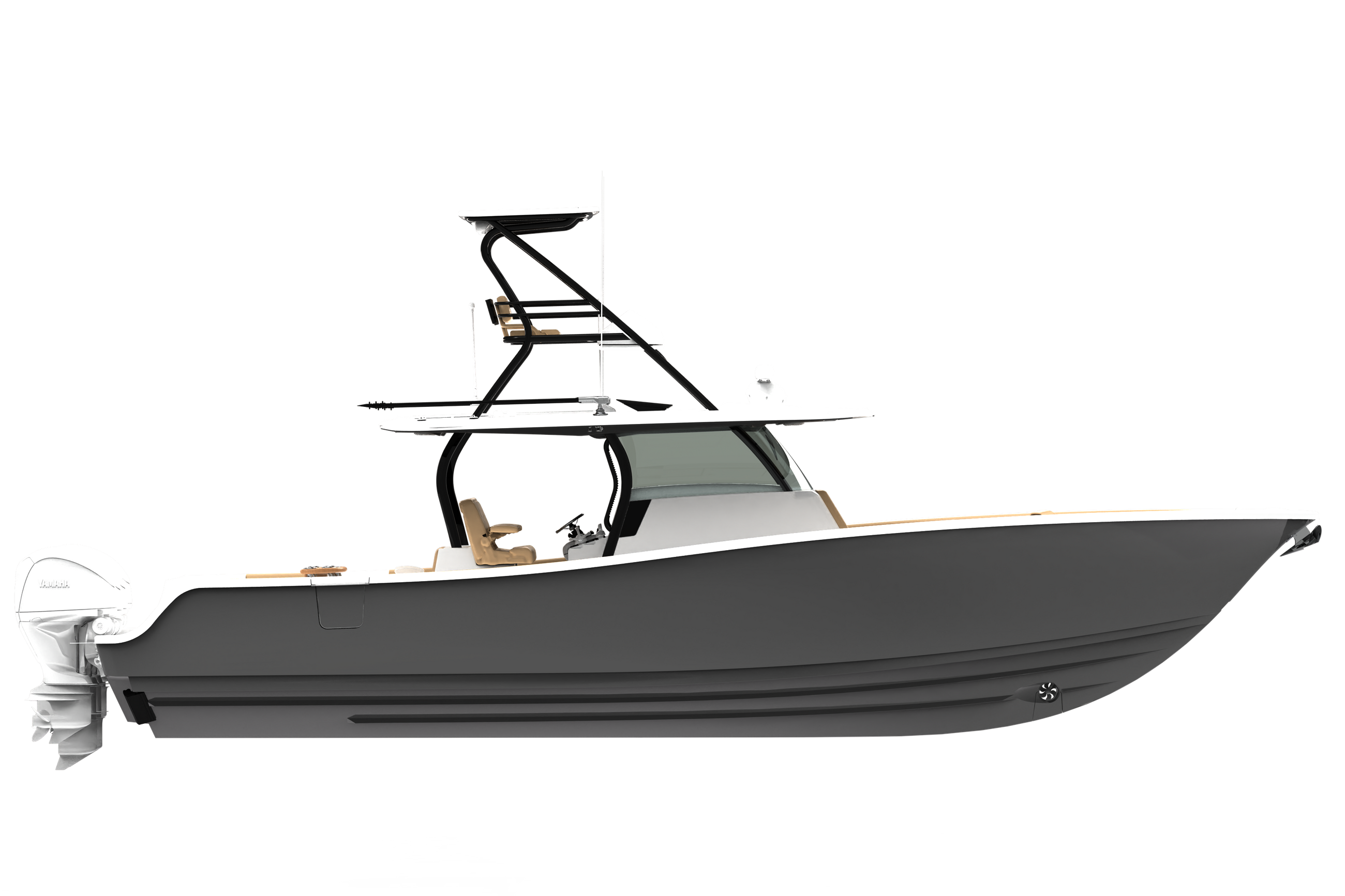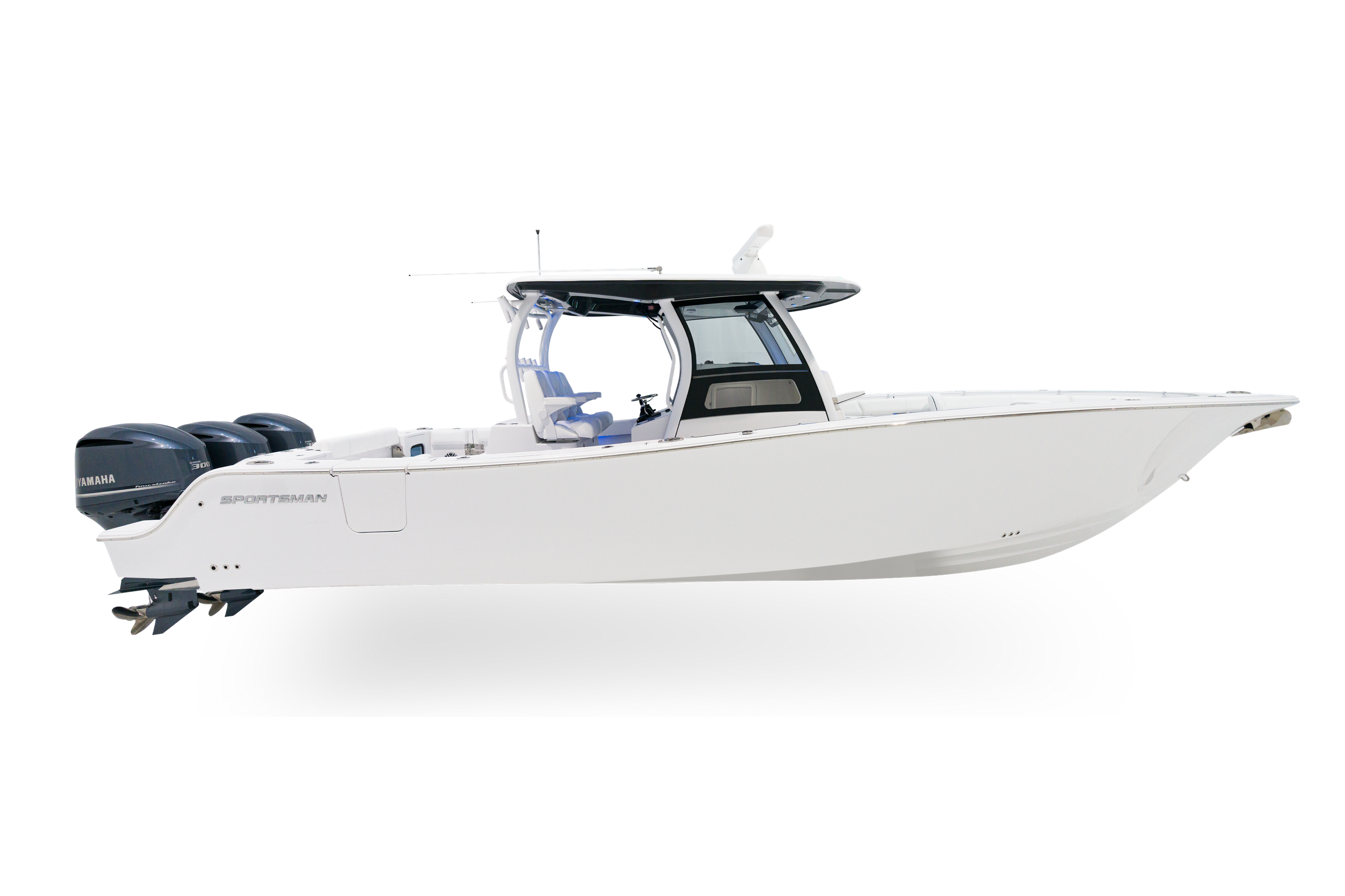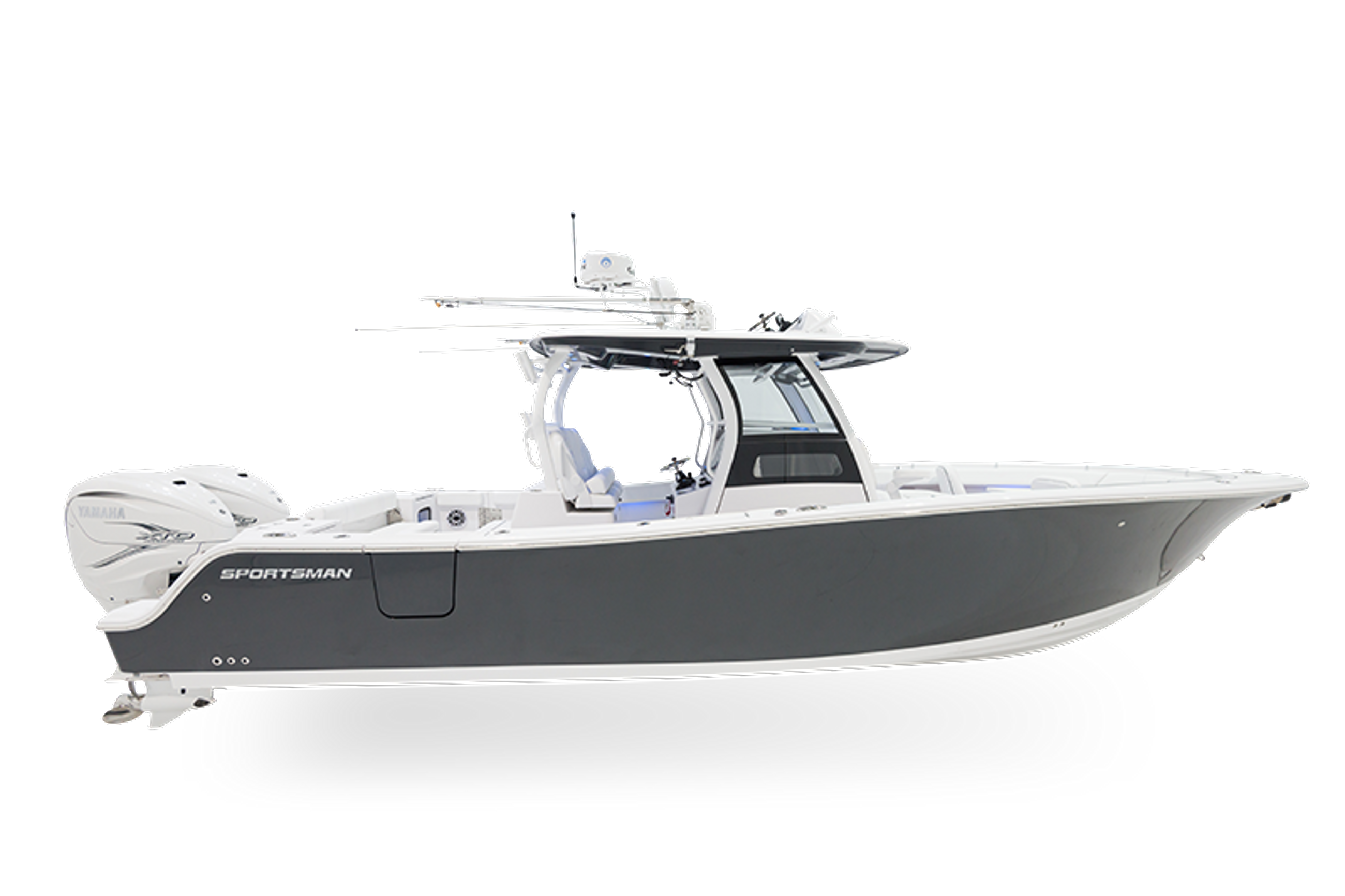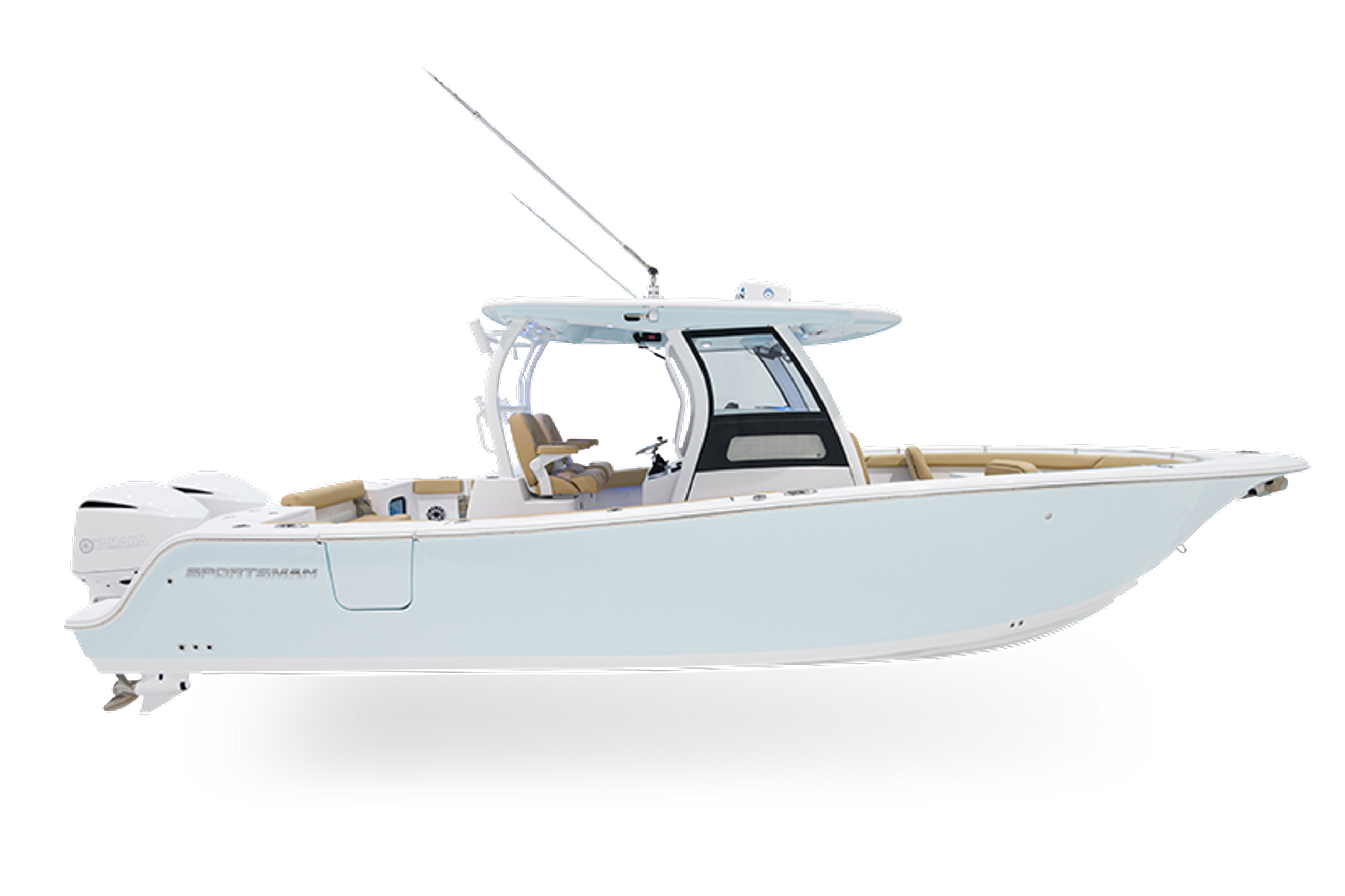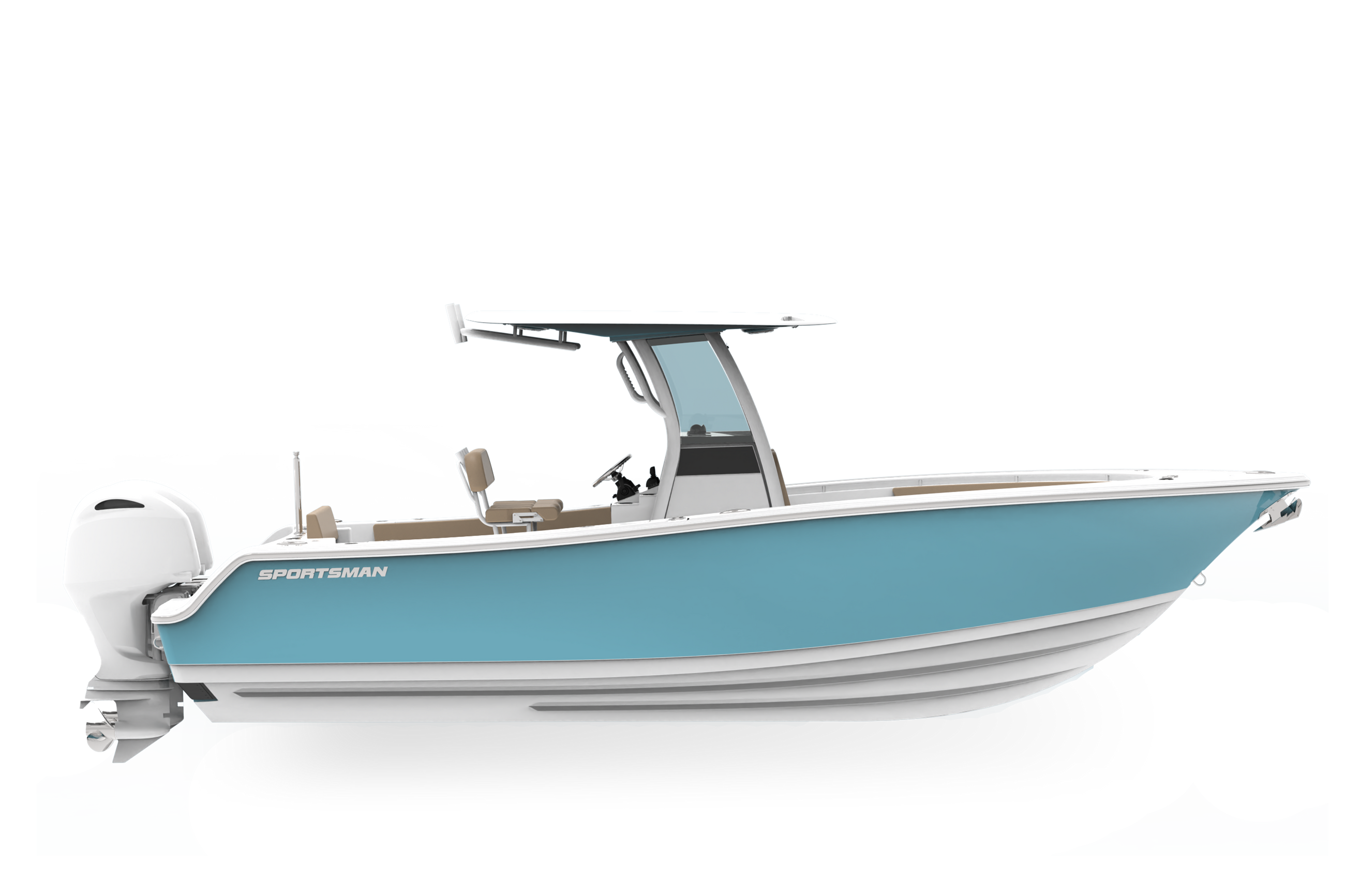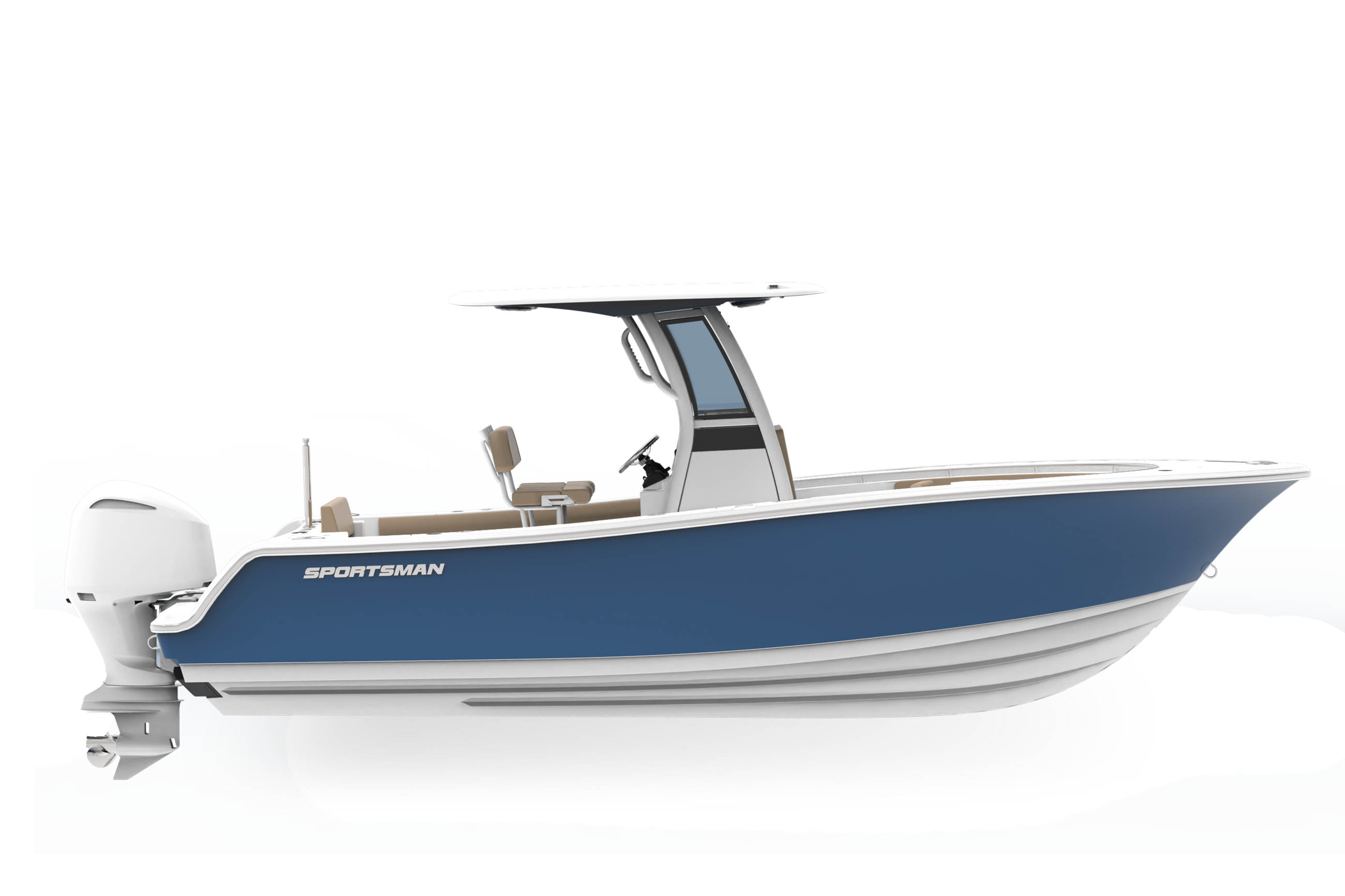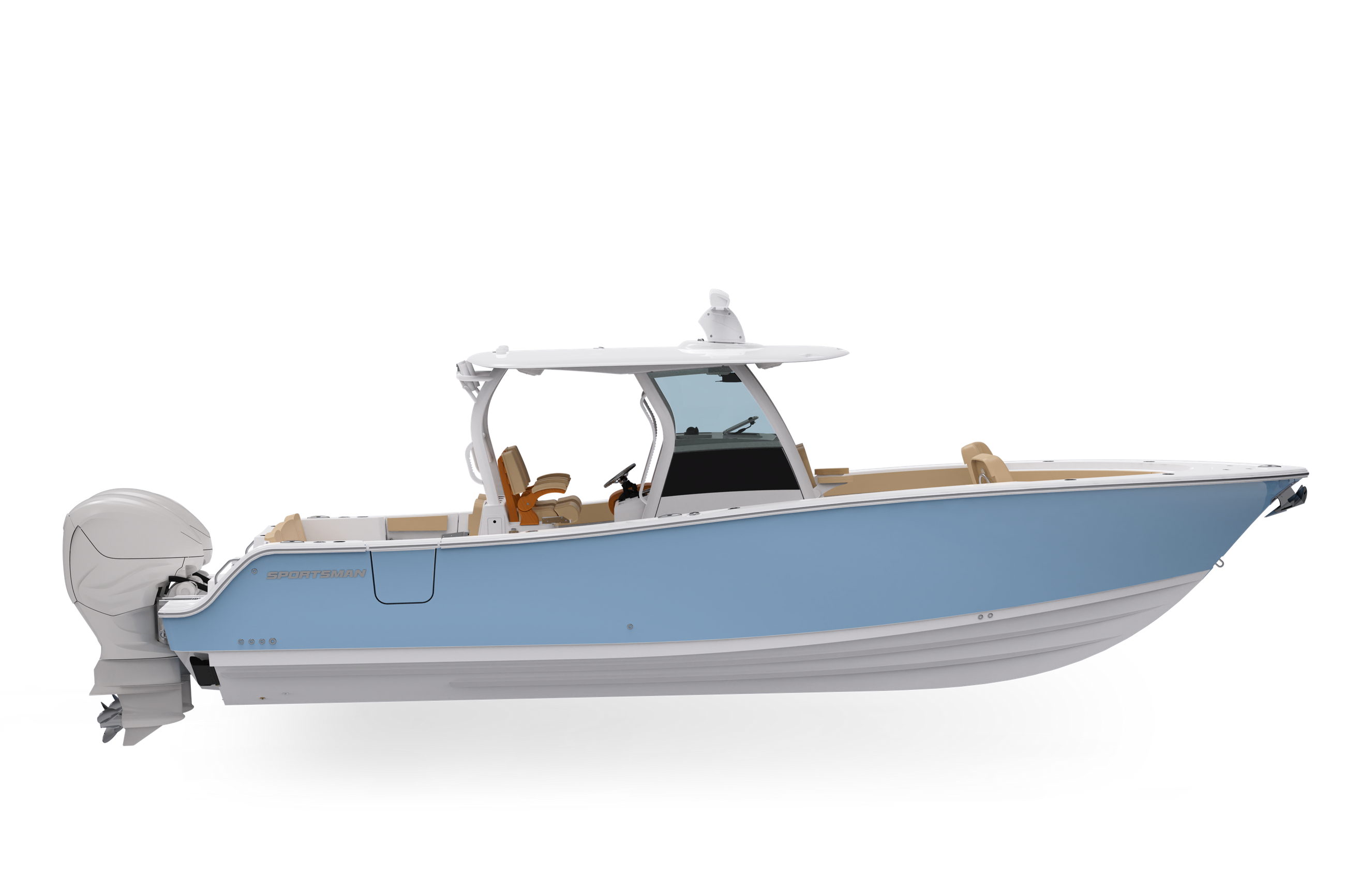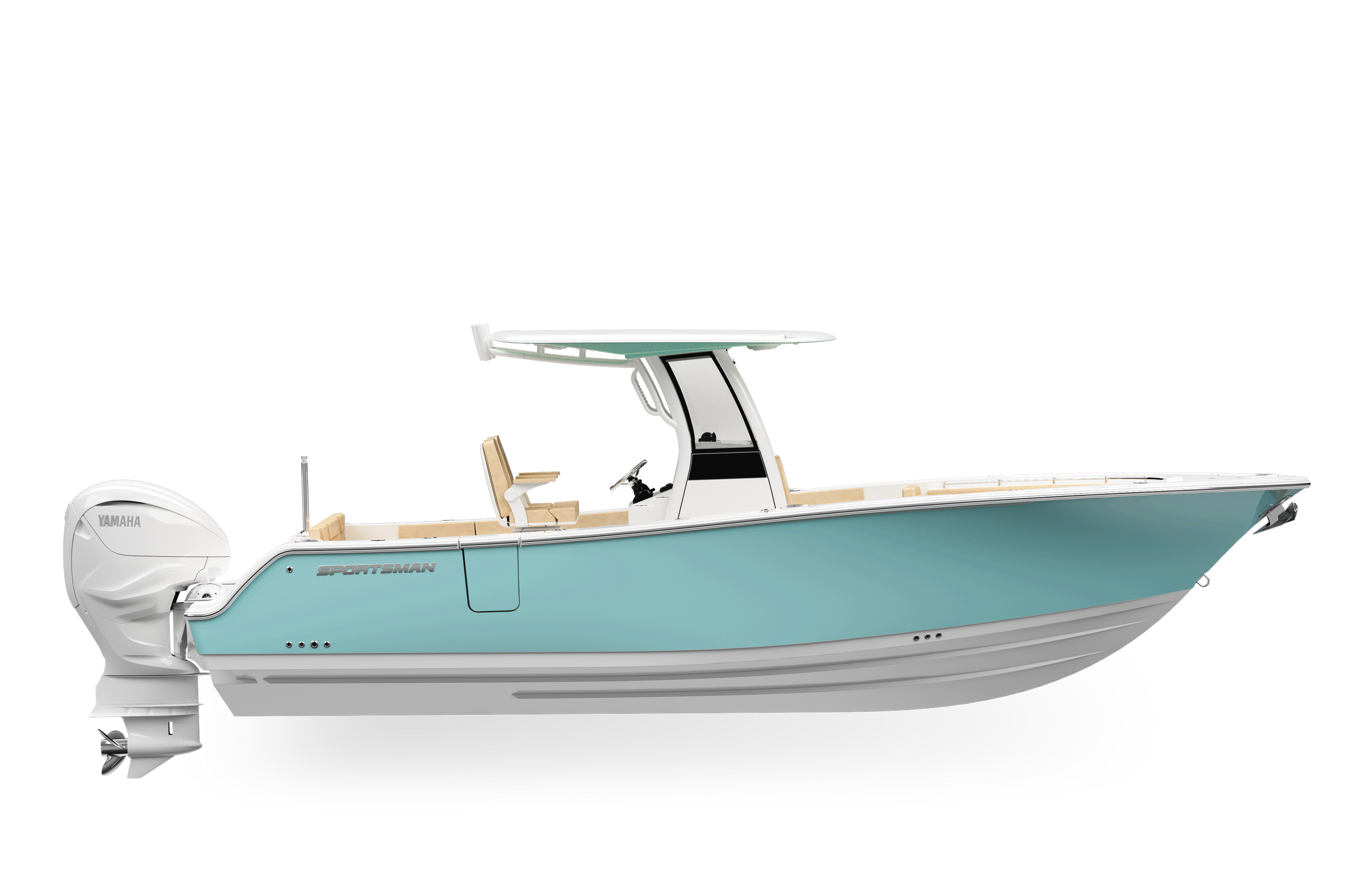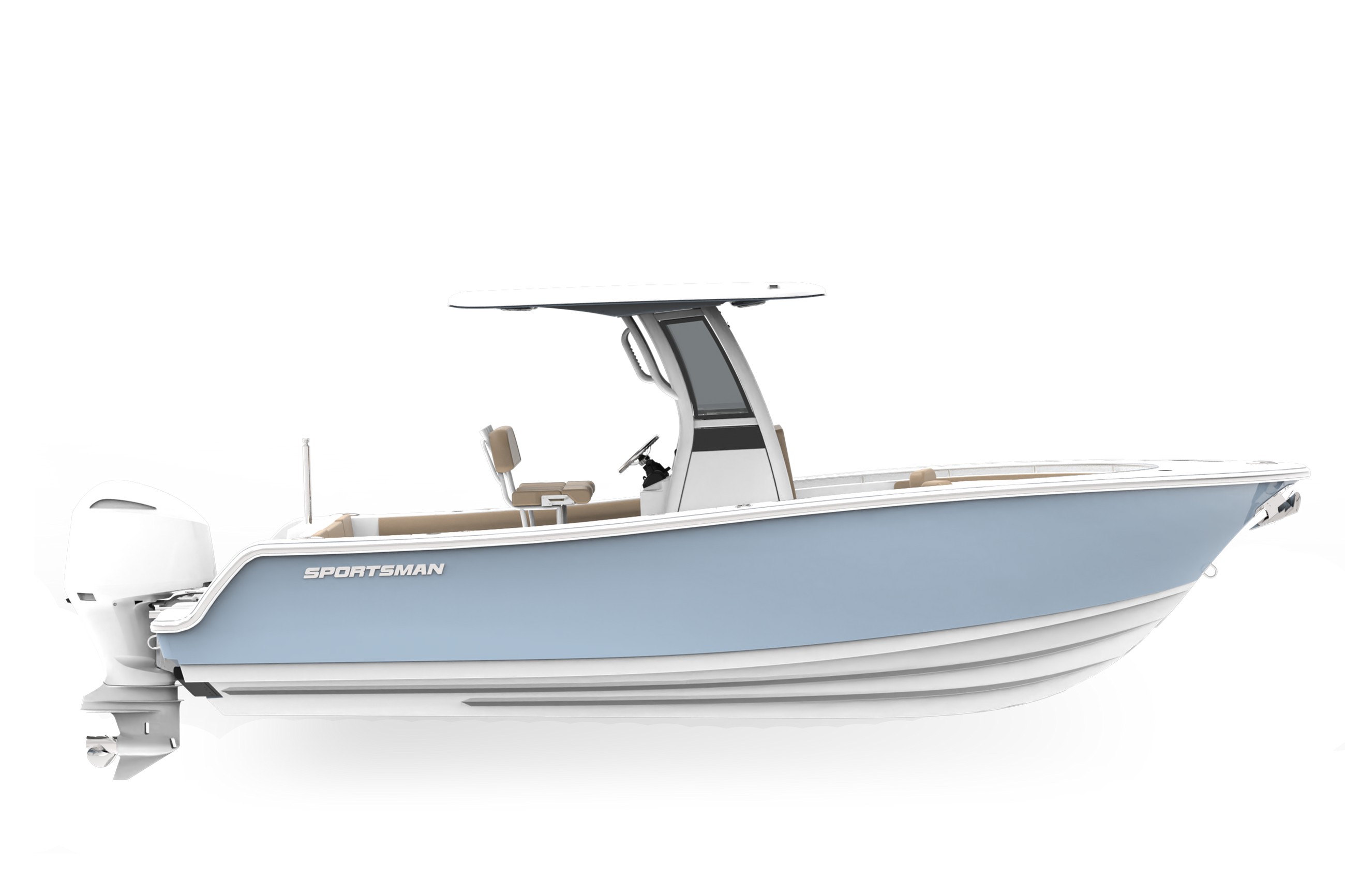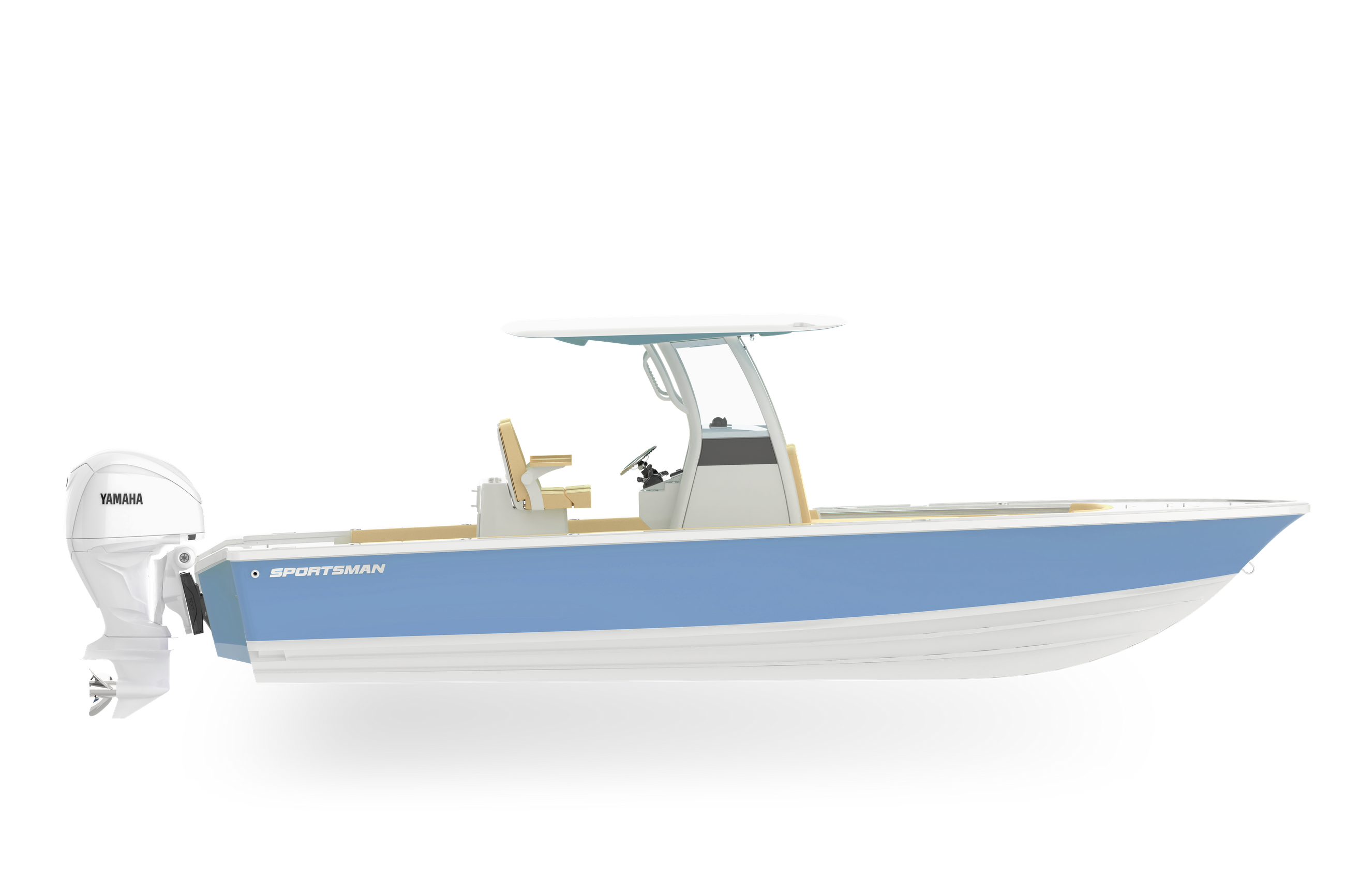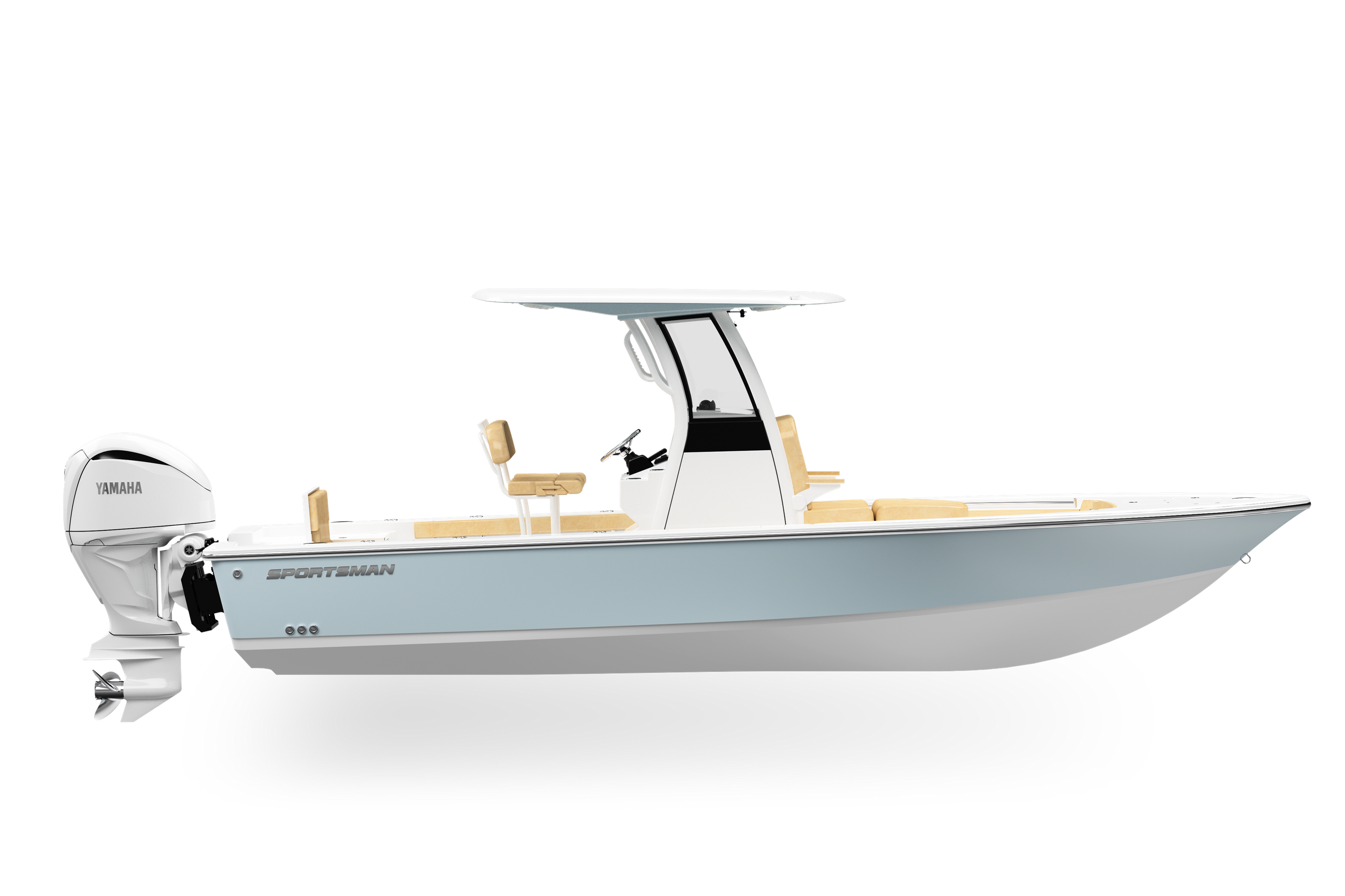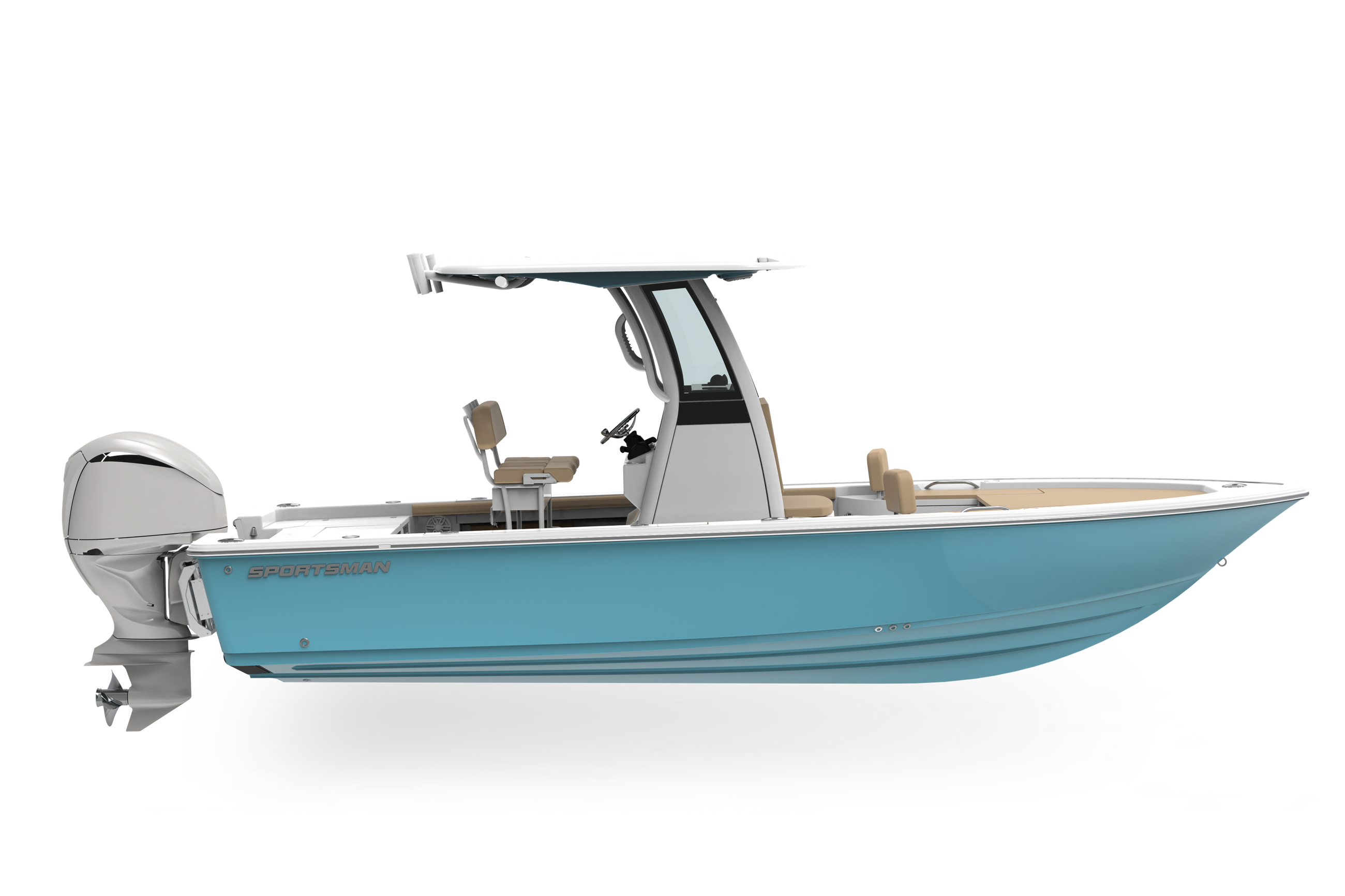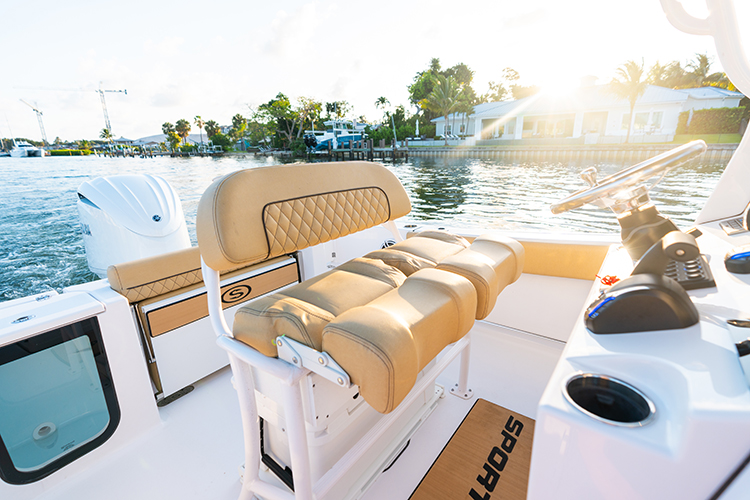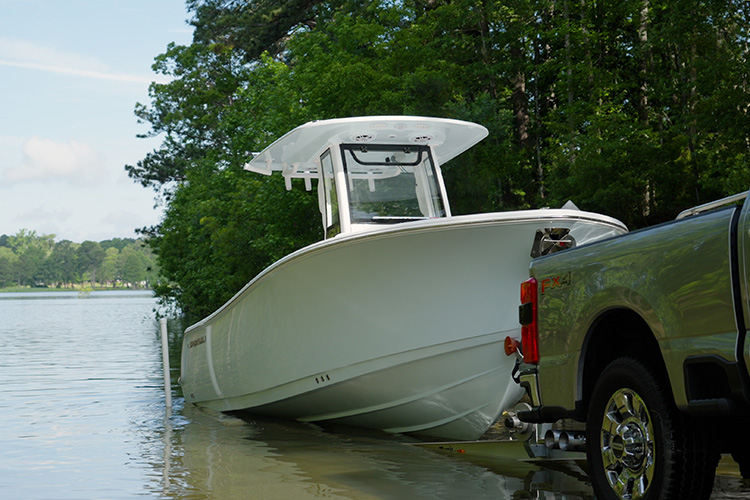Safe boating is good boating. When out on the water we don't expect anything to go wrong, we maintain our boats and we make sure everything is in proper working order. However, you never know when a freak accident might happen and at that moment in time it's all about whether or not you know how to maintain the situation.
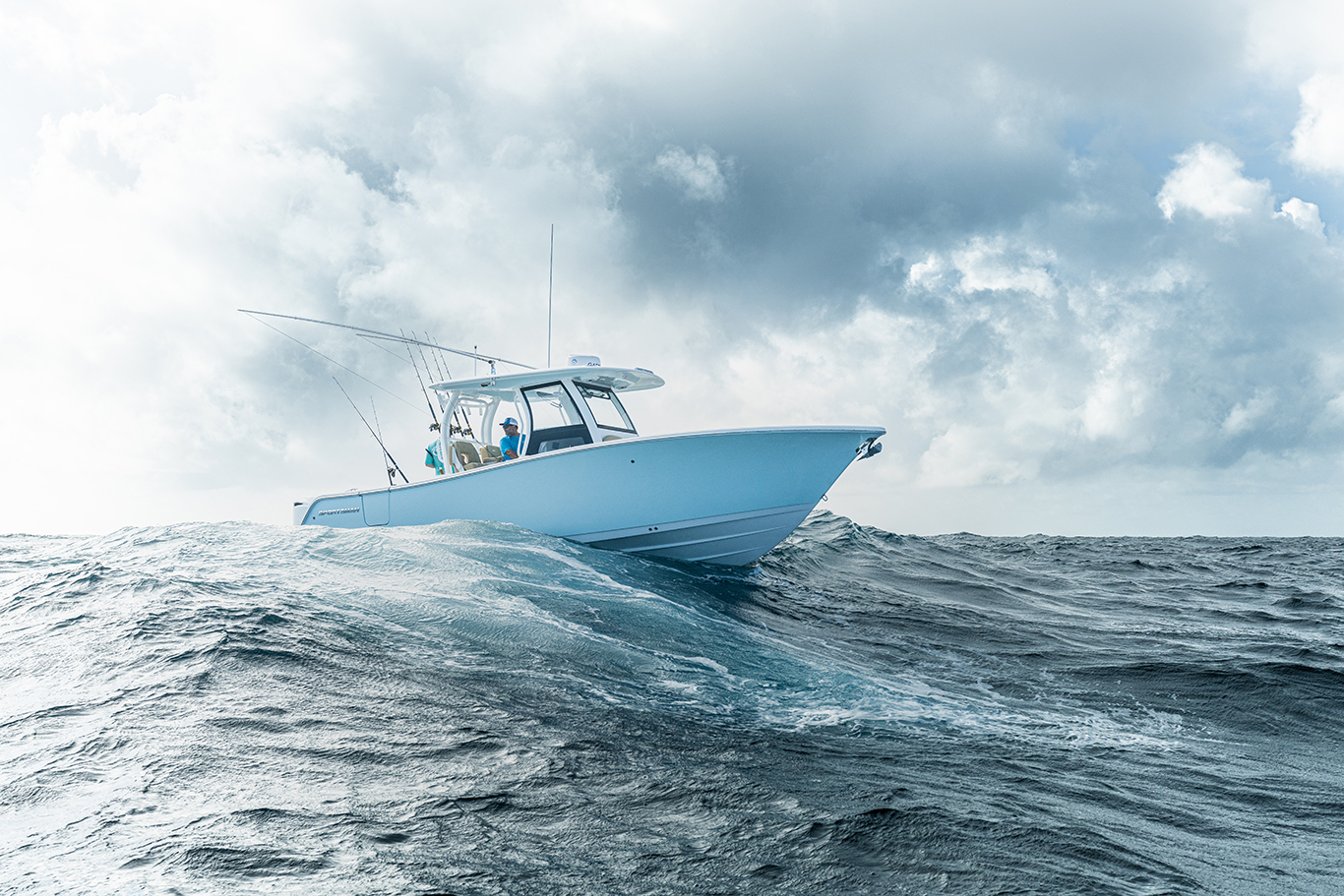
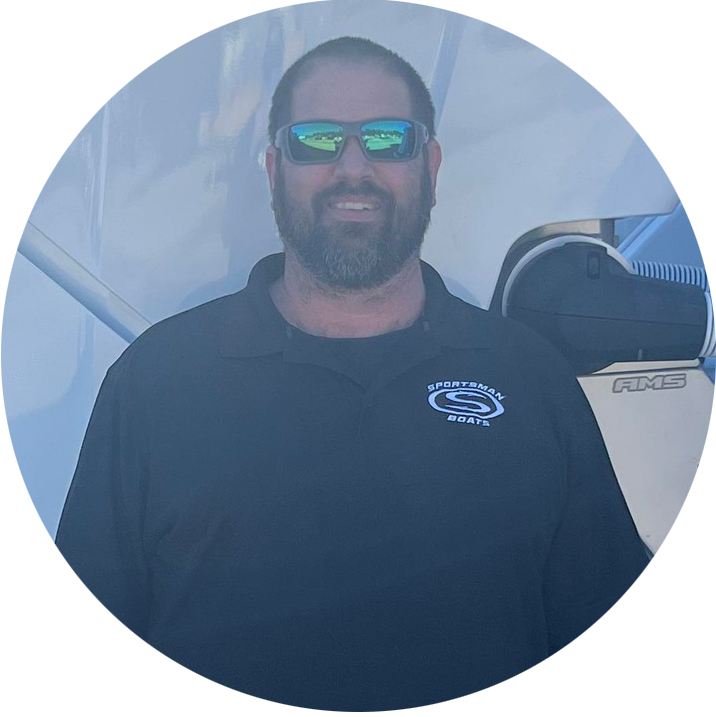
-
•Always have multiple signaling options (cell phone, VHF radio and visual signals) and know how to use them.
-
•Know the Mayday Pan-Pan and Securite calls and always monitor channel 16 on VHF.
-
•Equip a ditch bag with an EPIRB, handheld VHF, flares and survival gear and practice emergency drills before you head out.
No one ever expects something bad to happen while out on the water but even if your boat is maintained and running perfectly you never know what could throw a wrench in your plans. This is why you should always be prepared for any situation, especially when out and away from other boaters who can lend a hand. This is why we are here to help you learn how to signal for help while on the water. There are many ways from, cell phones, vhf radios, flags, mirrors, and lights. We will break down what to say when you do have a vhf and some things you can do if you don’t.
Being on the water is fun but can also be dangerous, but if you are prepared you can keep a bad situation from becoming much worse. Just last week while on the water for a photoshoot a family was headed out of the inlet in Madeira Beach, Florida when their engine shut down and wouldn't fire back up. The boat wasn't old by any means and looked well cared for. Had it not been mid-day when everyone was out enjoying the blazing hot Florida sun this family could have been pulled out of the inlet into a not so nice sandbar with waves breaking on it. Thankfully though it wasn't the dark of night and we were coming in the inlet at the same time. After being on the water enough you learn when someone is in distress and this group was very much in distress with very little knowledge of what to do in this situation. We were able to safely pull up, tie off a line to them and bring them safely to the dock. This is the great thing about the boating community, everyone's willing to lend a hand and get someone home safely. But in an instance where there's no one around to help you're going to need to know what to do.
CELL PHONES- Cell phones are a great tool for navigation and communication but are limited to range of signal. Most lakes and rivers you will be able to keep service, and this would be the best form of communication weather you break down, have an injury, or are sinking. A few advantages are 911 works, and they can dispatch a multitude of agencies fast and with one call. The other is there is GPS in your phone that can be used for location of you for a fast recovery. This is the best form of communication but what happens if you’re on a huge lake or out in the ocean?
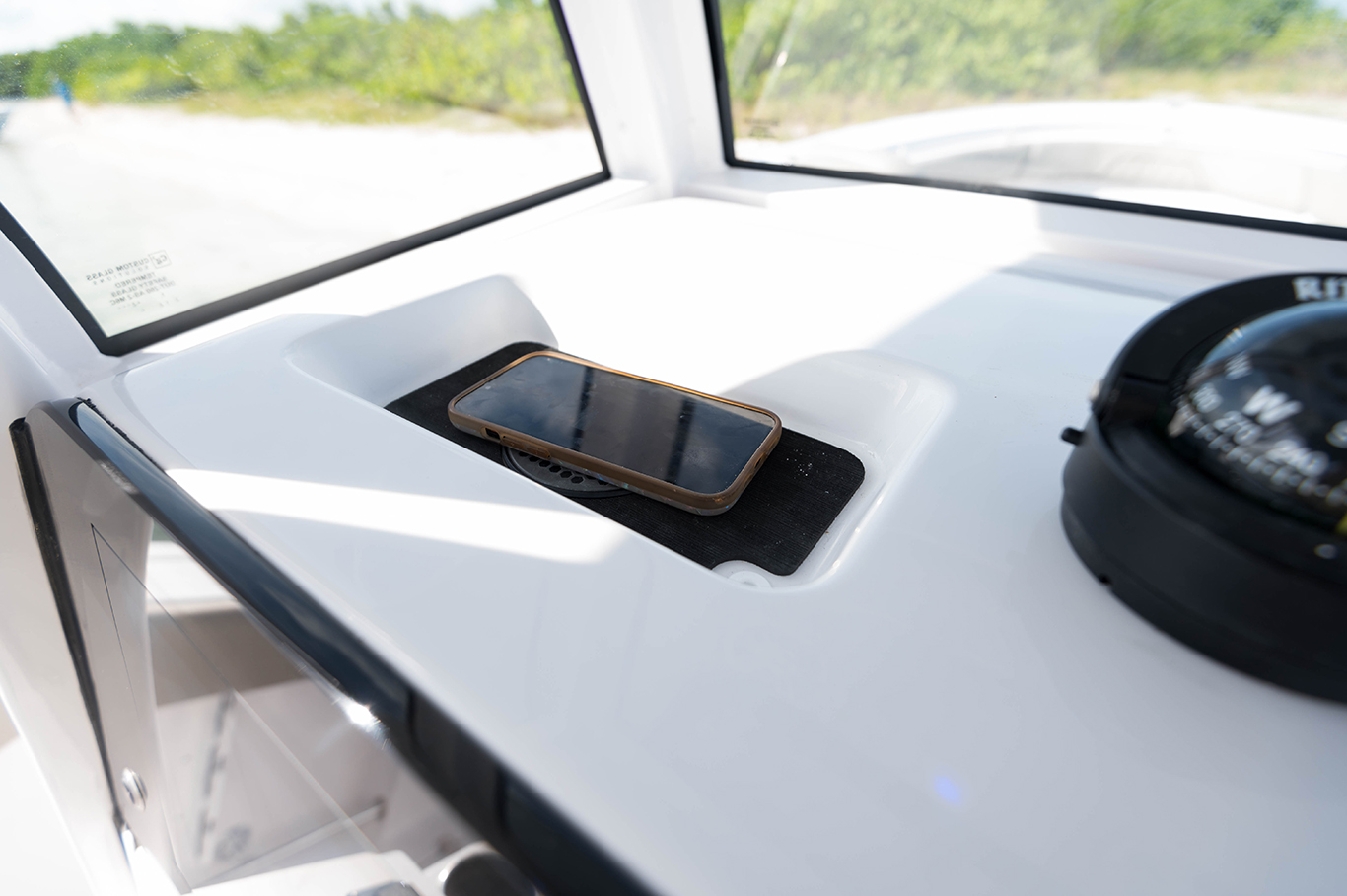
VHF RADIO- Vhf would be the next best form of communication if you are out of range of cell service or you cell phone has died. Very High Frequency radios are a 2-way communicator used to talk between vessels and other radios on land. The biggest downside to it is it uses line of sight so depending on the power of the radio and the height of the antenna you are looking at 2-30NM range on average. A good practice when traveling offshore is to do radio checks every so often to verify someone else can hear you. There are 3 different main calls you may hear on a radio that pertain to safety. Mayday- this is used when the vessel or occupants are in grave danger and needs the most urgent response. PAN-PAN-This is for a slightly less emergency like you have a controllable leak or a man overboard and you want coast guard aware but it is not an all-out emergency. A few other uses would be I have lost power and are drifting to shore or into a busy shipping lane. SECIRITE- this is used as a safety signal such as a cruise ship leaving a port, or a large vessel entering a narrow channel. VHF is a great tool if used correctly. If your boat is equipped, you should always monitor channel 16 for distress signals. Someday it could be you calling on 16 for help.
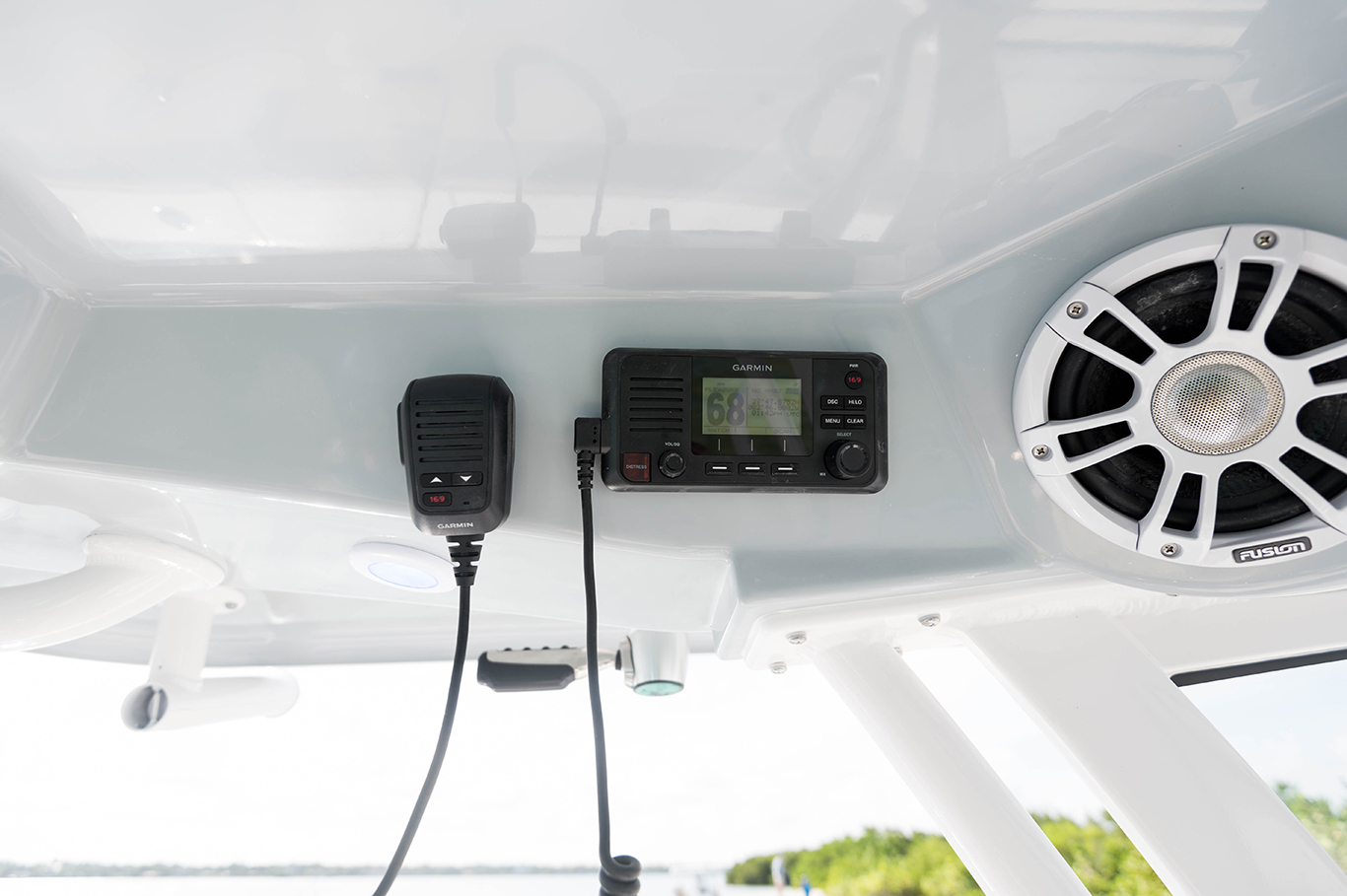
But what happens if you lose power to your vessel, and you are out of cell phone reach? There are a lot of great tools every boat should have onboard in case of such instances. These are usually broken down into Day and Night signals. Day signals-these come in different forms from flags to flares and all work when used correctly. Some visual day signals would be: a mirror with a hole in the middle, orange flag, orange smoke, square flag with ball under, or red flares. Sound signals would be a whistle, horn, or air horn. Night Signals can be anything seen at night. I recommend a strobe light for every life vest on board. A flashlight or hand flare work well too. And of course, red flares shot in the air can be seen for miles at night.
The last item I will talk about is an EPIRB. If you are an avid offshore fisherman or a commercial guide, I recommend everyone have one of these for the boat. There are many different ones out there but all work great and can save a life in an emergency. These devices, when activated, automatically call the coast guard and alert them of an emergency and send them you location all with a push of a button or if submerged under water (for some models) in case the boat suddenly sinks, and you cannot get to it.
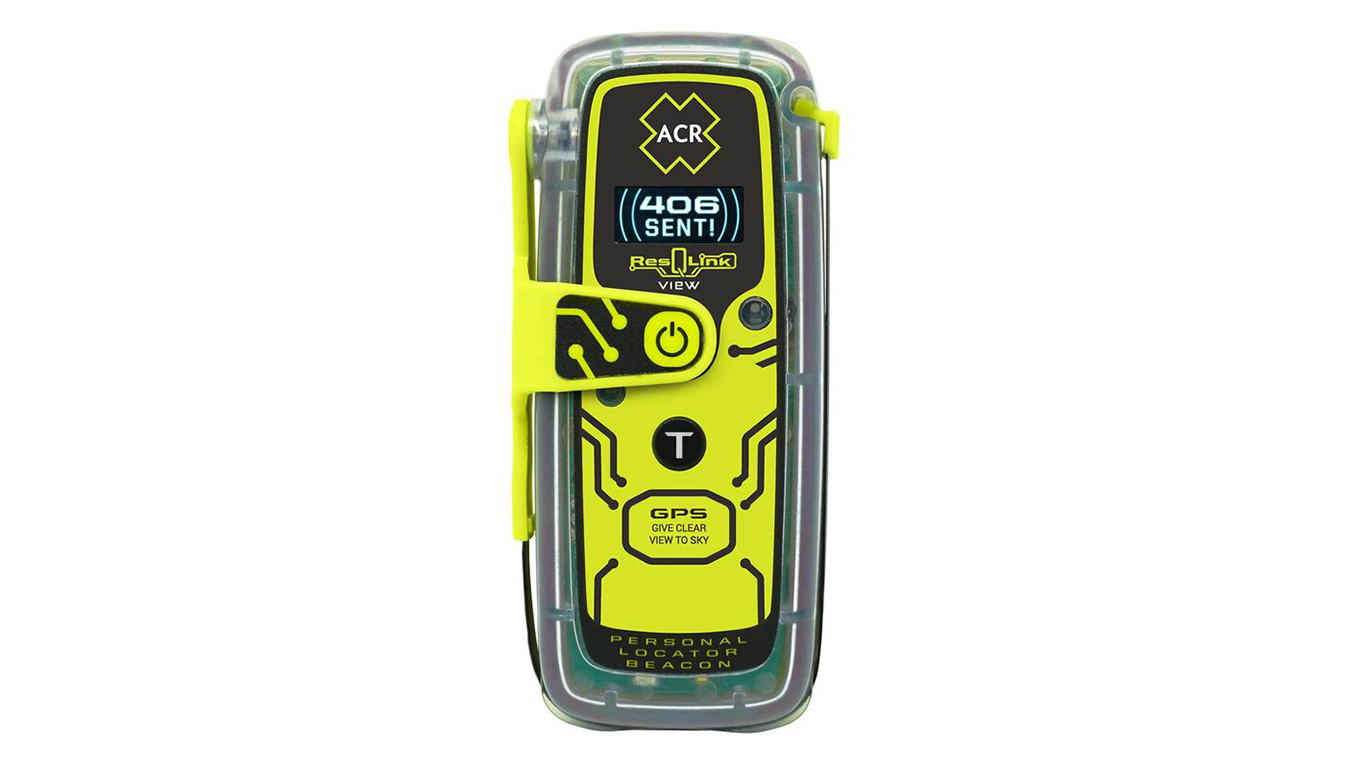
A easy way to keep all this stuff is get a “ditch bag”. I keep one with my EPIRB, handheld VHF radio, mirror, flares, survival blankets, whistle, rope, and some snacks that I take with me every time I go boating. Learning what to do in an emergency and getting the proper safety equipment can put your mind at ease and make boating that much more fun. Thanks for reading, now get out on the water.
Related Posts
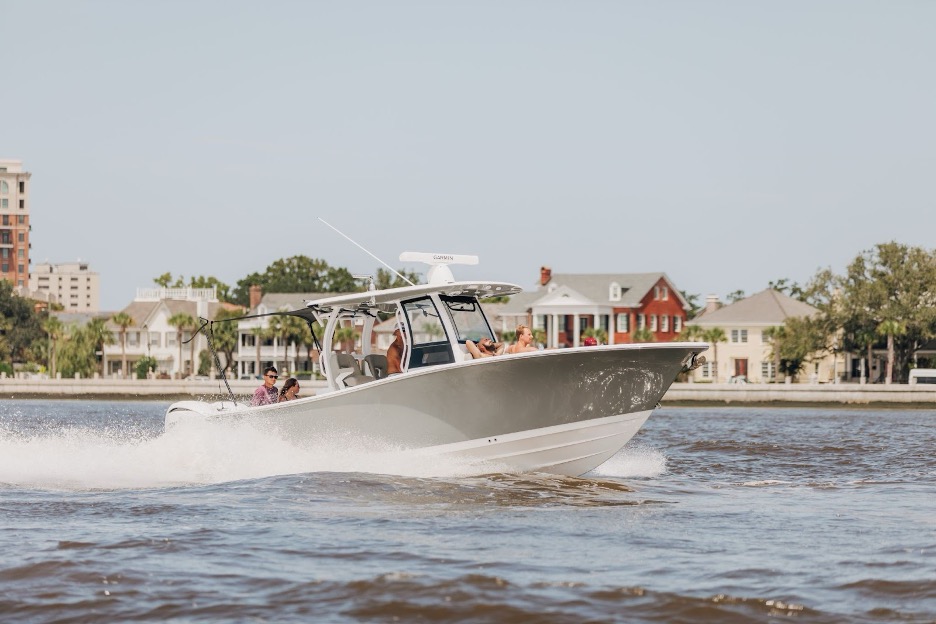
The Sportsman Open 282 is a high-performance center console boat that combines fishing functionality with family-friendly comfort. Enhance y...
Read More